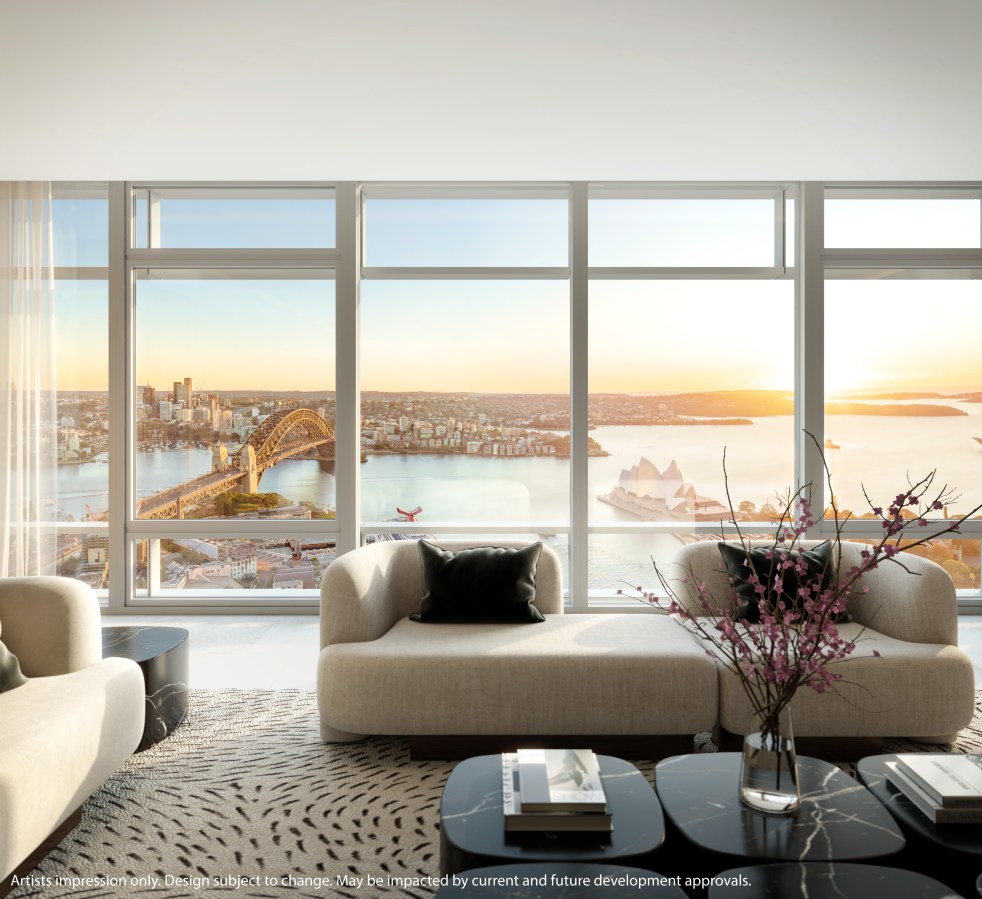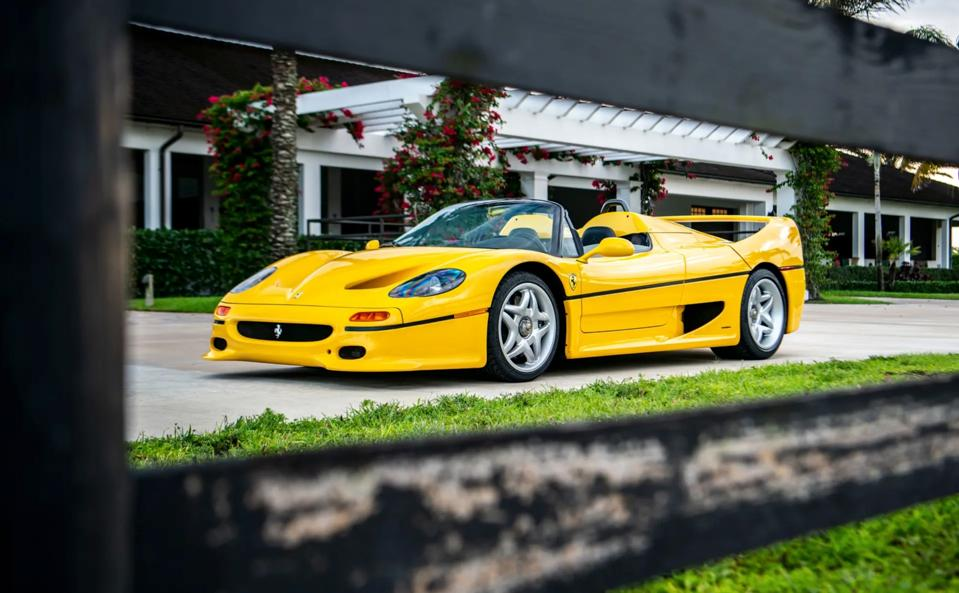State of Craft, the design studio behind The Shard Residence in London and Sydney’s One Circular Quay, has revealed new renders of its 120-metre world cruising zero carbon superyacht concept.
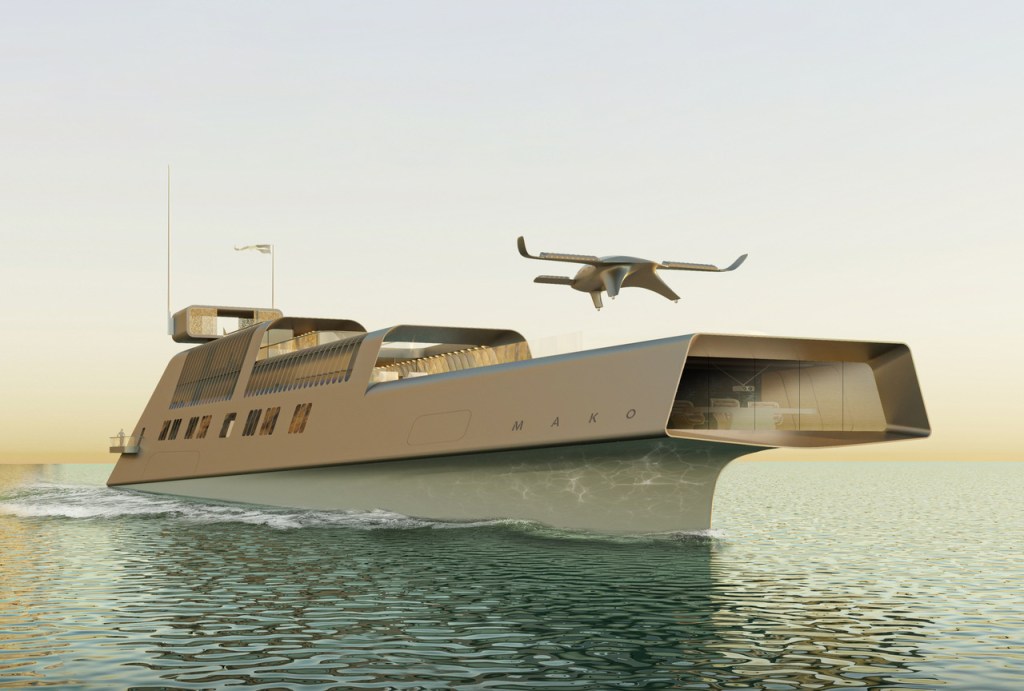
After launching renders of its world-first superyacht concept, MAKO, in 2022, State of Craft, founded by architect and interior designer, Daniel Goldberg, has unveiled three new renders.
According to State of Craft, the superyacht’s design was inspired by the ‘elegance and performance of sharks’, blending the hull and superstructure into one overall form. While it’s challenging to put a price on the superyacht, Principal Designer & Owner of ByJC Yacht Architecture, James Carley, says it’s estimated at between $250 and $500 million euros ($825 million).
“It’s difficult to put a cost on a project as there are so many variables involved, the biggest of these being where it will be built, each shipyard aims at a marketplace that relates to quality and therefore cost,” Carley says.
“Akin to a house or a car it depends so much on the level of detailing, the materials, the quality of workmanship, the longevity of use, the complexity, the area of operation to name a few.”
Related
Carley says the new design is far from yard tendering or building, but is designed to create new ideas and propel research and design development.
“The naval architecture is a high-level nod towards a self-propelled floating vessel, the principal dimensions and hull shape providing the framework,” Carley says.
The new renders are shown below.
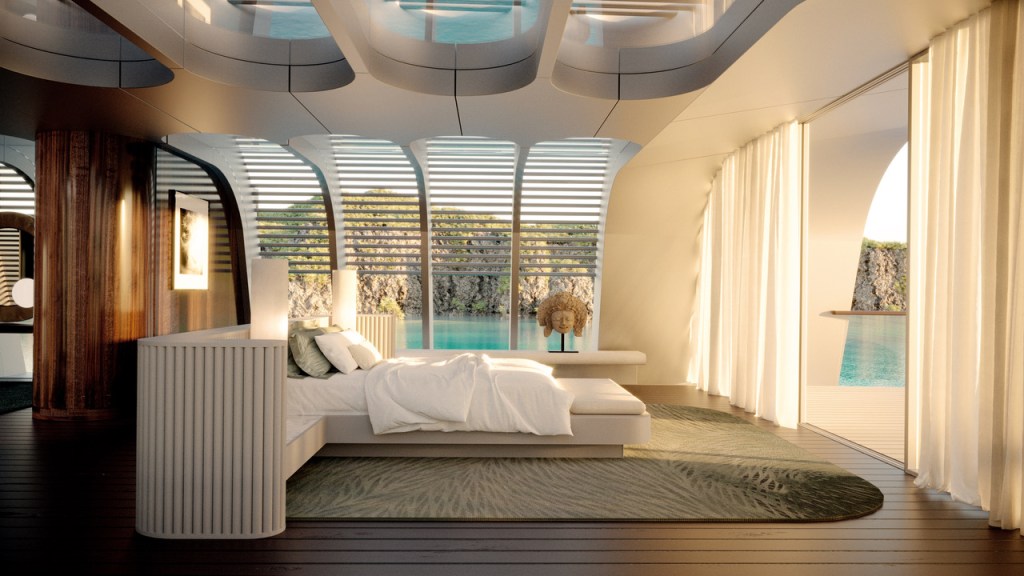
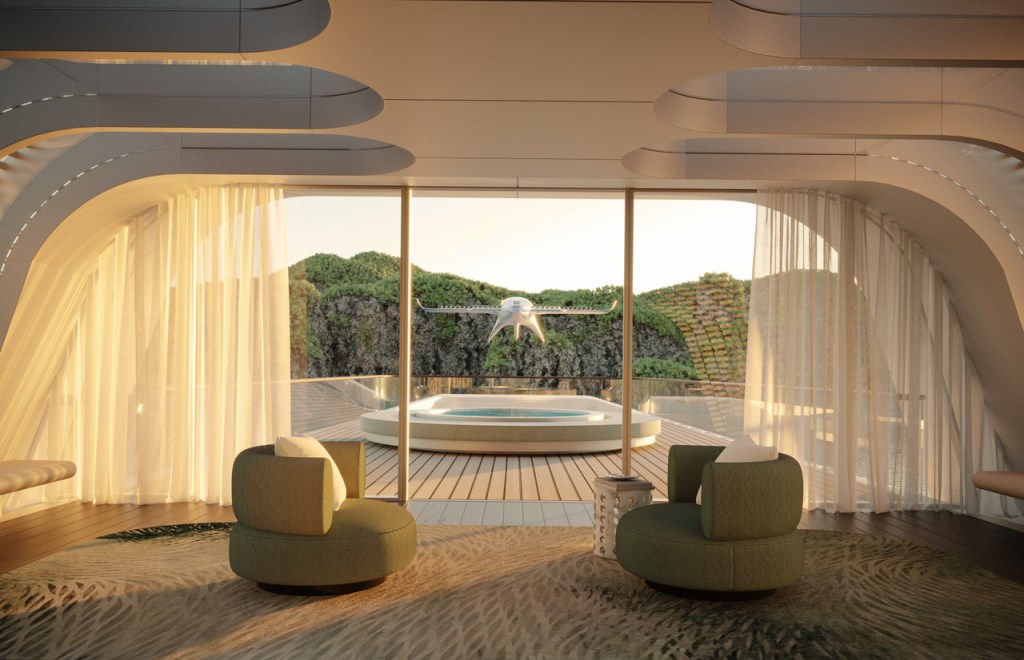
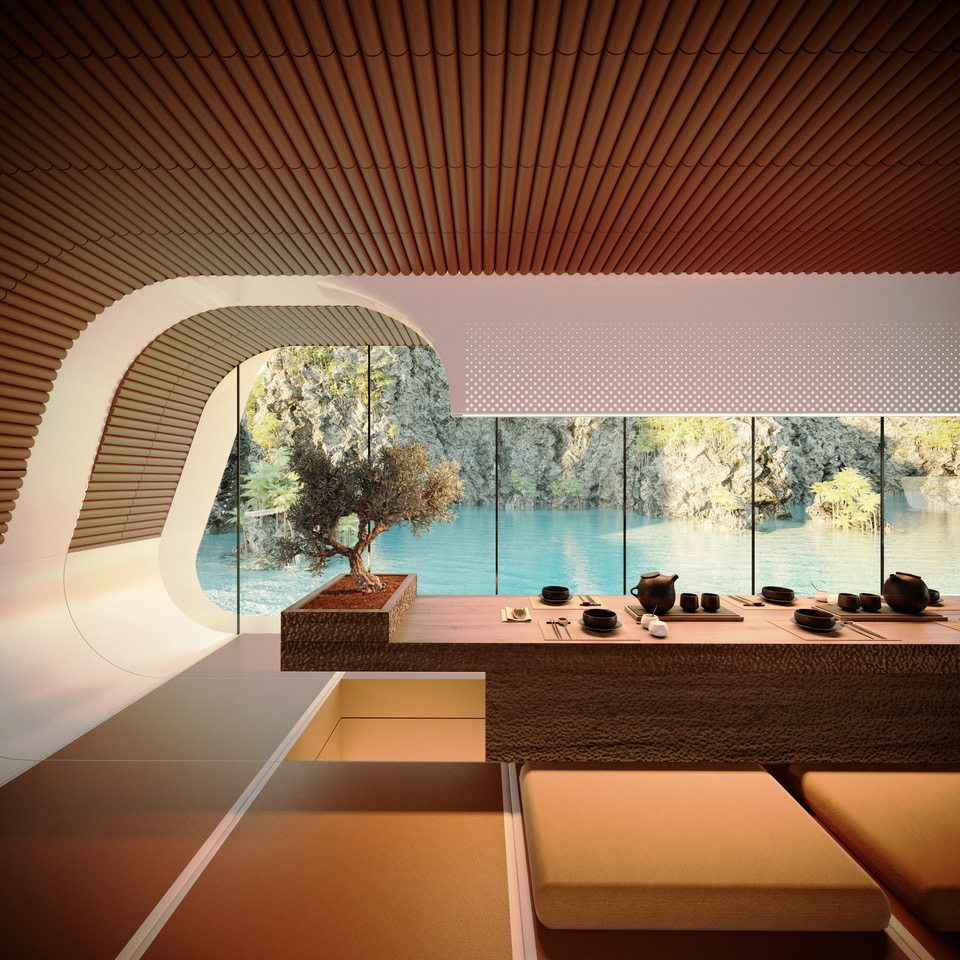
In designing the superyacht, State of Craft focused on the future of propulsion technology and the regulatory landscape, which Carley says is evolving rapidly. Watertight integrity is achieved by subdividing the hull into compartments, and stair routes lead from all these compartments, some becoming the primary stairwells for circulating the yacht.
“We are keen on autonomous drive systems and therefore taking away the traditional perception of a wheelhouse, replacing it with a control hub elsewhere in the heart of the yacht, and freeing up more of the prime real estate for the clients,” he says.
“Similarly, the propulsion was considered, and space allowed, initially for a hybrid system with gensets and batteries linking up to two pod drives alleviating the need for propellers and shafts.
Look back on the week that was with hand-picked articles from Australia and around the world. Sign up to the Forbes Australia newsletter here or become a member here.
